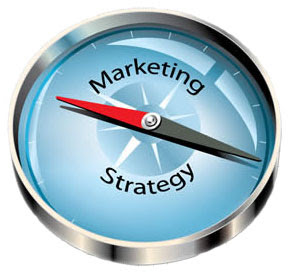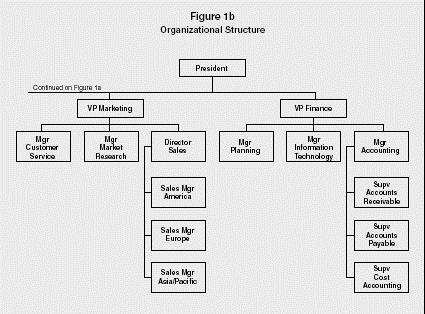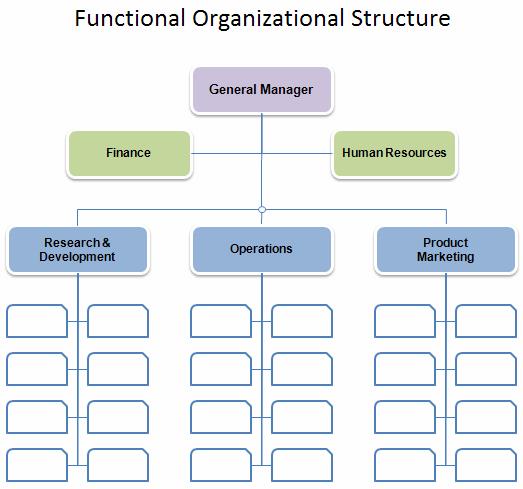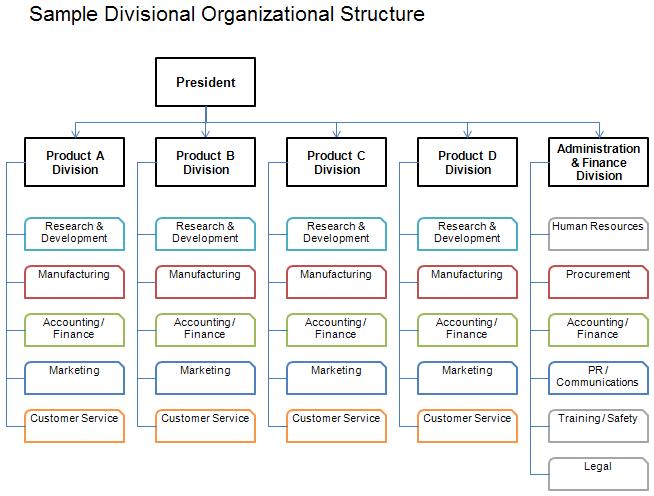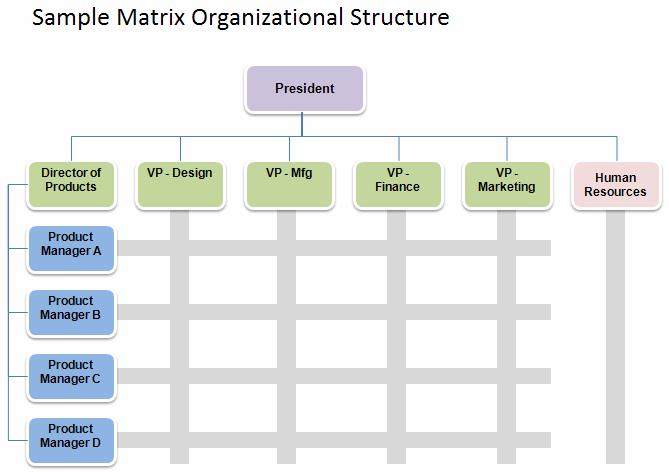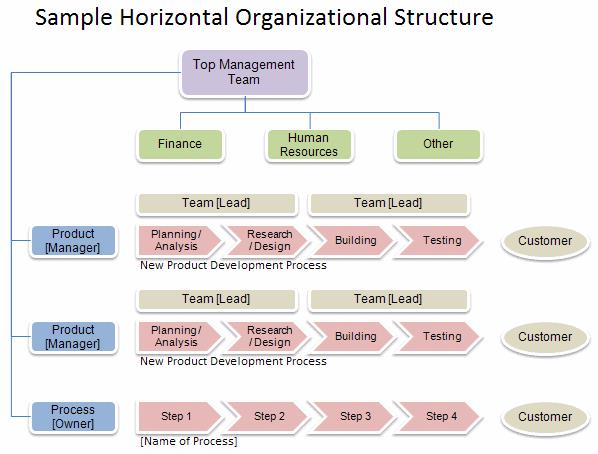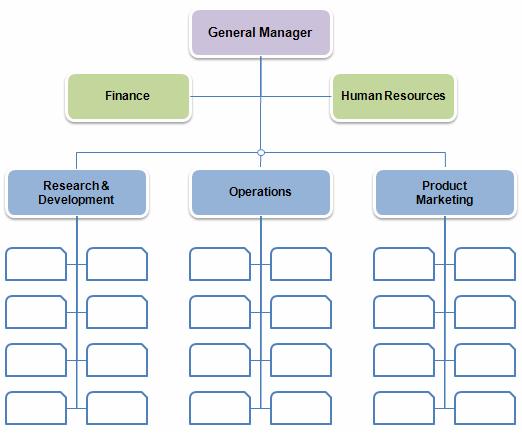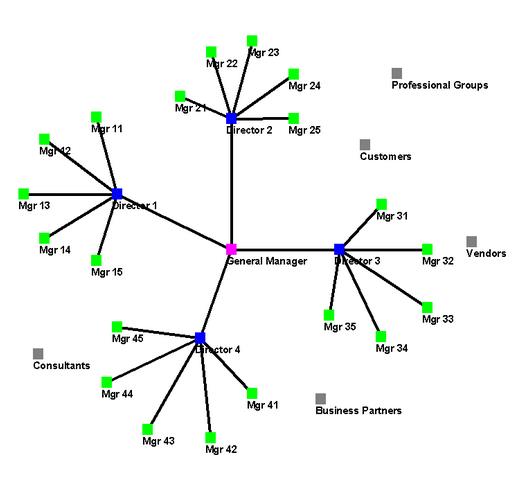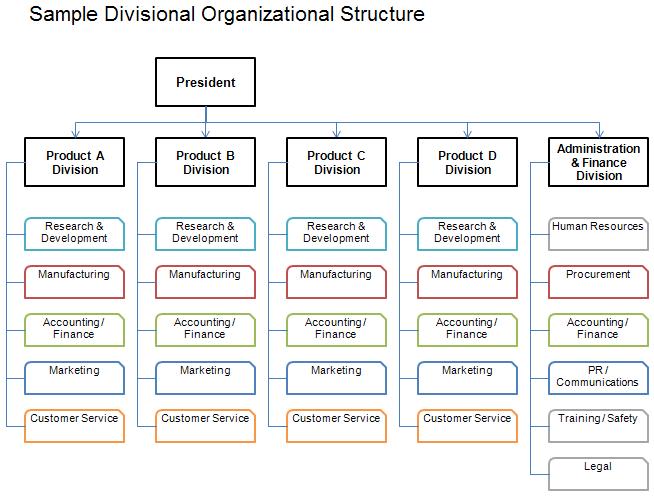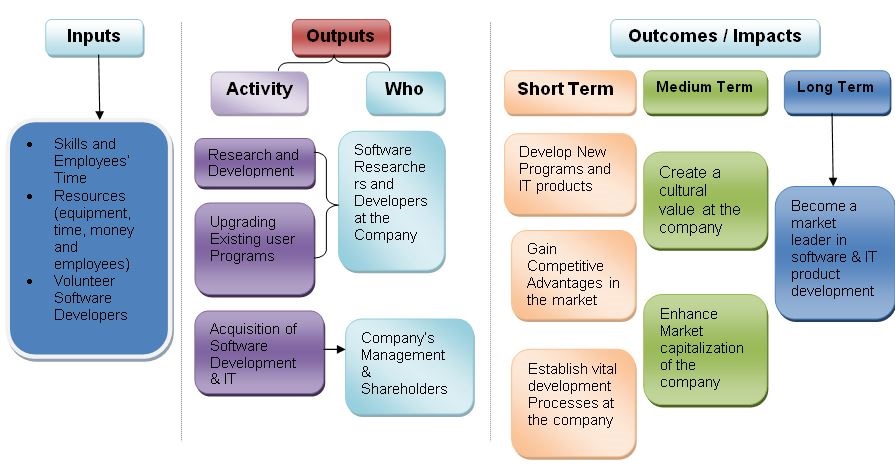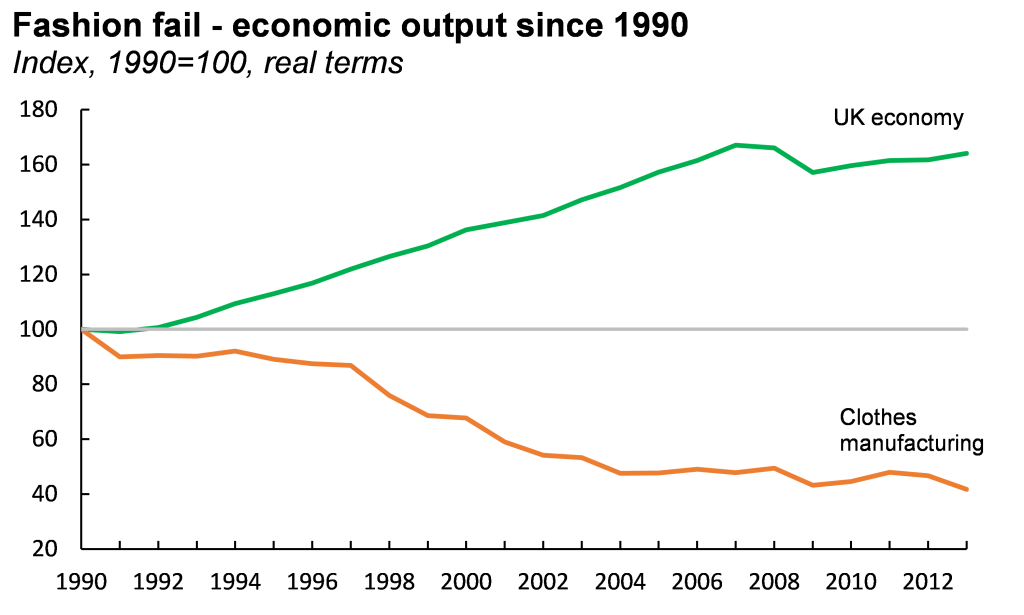Population Ageing
Population ageing is an issue of global importance; it has the potential to pose serious challenges to a nation’s infrastructure, economy and health sector. The world today is witnessing an increase in the proportions of the population of older people. This increase has the potential if not checked to pose challenges to nation’s well-being. It is well known that old age is accompanied by several physical disabilities, illnesses and senility, it therefore goes to follow that there is a strong impact of increasing population age on both the labour force and health care sector. In the paper, impacts of increasing population ageing were discussed with particular emphasis placed on how the trend is currently affecting India. The paper also takes a look at the key challenges population ageing pose to the economy and health care sector of India.
Population ageing is an issue of global importance; it has the potential to pose serious challenges to a nation’s infrastructure and health sector. Knodel (1999) describes populations ageing as a shift in the age distribution of a country’s population whereby the share of citizens with old age increase in population and those of younger age suffer a decline relative to the nation’s population. Population aging of population form an important part of the demographic transition process for any country. Generally, the definition of the aged population can be construed to refer to citizens who are age 60 years and above in a country’s population. Some researches on ageing have suggested that the role of fertility is greater than that of mortality in the population ageing process (Irudaya Rajan, 2010; 2007; 1999).
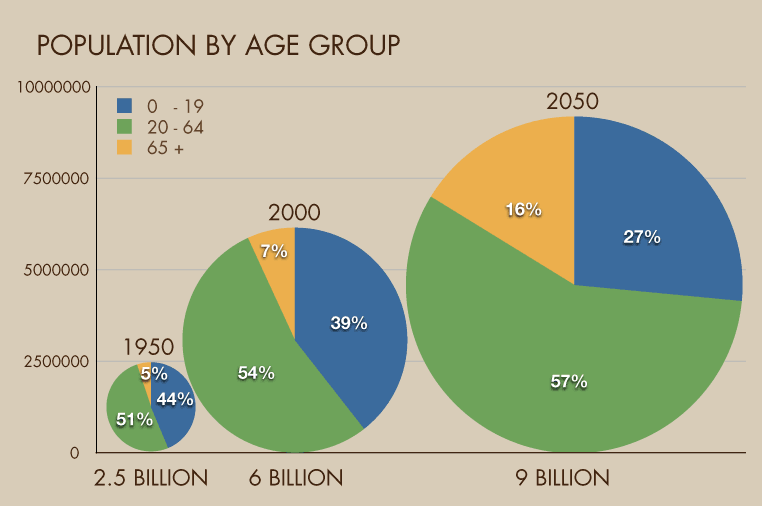
Source: (www.study-aids.co.uk, 2015)
In the twentieth century an occurrence of high fertility and low mortality rates led countries to put forth policies that were aimed at controlling the resulting population boom. These policies resulted in the increase of elderly citizens due to controlled birth rates and therefore fewer young citizens. This decline in fertility, still experienced today, would lead to an increase in the elderly population in the future. Equally this demographic shift has led to strong socio-economic changes as there is a great distance between young and old generations and a corresponding distinction in their experiences. Although the increasing population age is as a result of demographic transition process, the dire changes in cultural and socio-economic conditions are resultant of corresponding change in nations’ traditional systems due to urbanization and migration.
This paper will try to highlight some of the challenges that are posed by increasing population ageing. Particular focus will be paid to India and areas of discussion will centre on the economic and health care sectors of the country.
Global Population Ageing
Old age is not easy to analyse or define as it a function of relative social and physical interpretation. However, one uniform fact is that elderly citizens have multiple needs and these needs need to be supported, cared and catered for in any socio-economic setting.
In a report published by the World Health Organisation, developed counties have citizens with higher age profile (i.e. they generally have older citizens) while less developed nations have more number of old people. The report further indicated a rapid growth of older citizens in the less developed nation, predicting a 250 percent increase between the years 2010 and 2050 as compared to a smaller 71 percent increase in the more developed nations (World Health Organisation, 2011). Globally, the population growth of aged citizens is faster than that of any other age class. In developed countries a projected increase rate of 45 per cent in half a century thereby rising from 287 million to about 417 million by 2050 and 440 million by 2100 (Irudaya Rajan, 2007). For less developed countries however a more rapid increase has been recorded with an increase rate of 3.7 percent annually from 2010 to 2015 and a projection of 2.9 percent annual increase before 2050 (Irudaya Rajan, 2007). Focus is placed more on the developing countries due to the vast numbers of aged citizens that are present in such countries. This demographic class seem to be increasing in population and deteriorating in living conditions. It has been suggested (Irudaya Rajan, 2007), that the reason for such large numbers of aged citizens lies in the extensive populations of these developing nations.
India and Population Ageing
The population of older people had been projected to rise dramatically in the next few decades. Reports indicate that while majority of the countries that will experience population ageing will be less developed nations, 50 percent of these countries will of the Asian continent (Irudaya Rajan, 2006). India will likely be one of the most affected nations (Irudaya Rajan, Mishra and Sarma 1999). Reports as at 2008 showed that India had more elderly citizens than any other country in the world except from China; this figure was recorded as 90 million. Just 7 years prior (i.e. 2001), the population for older persons was recorded as 77 million indicating a 14 percent increase (Irudaya Rajan, 2010). Also, from 1961 to 1991, a total of 5.6 per cent increase was recorded for elderly population in the country and 7.1 percent increase from 1991 to 2001 (Irudaya Rajan, 2010). A United Nations report states that population share of Indian citizens of ages 60 and above will rise from 8 percent in 2010 to 19 percent 1n 2050 (United Nations Population Division, 2011). This remarkable shift in the population share of the older citizen would bring with it a variety of serious challenges to the country that may be social, political, and economic as well as health- related (Population Reference Bureau, 2012).
Figure 1: shows population aging forecast from 2001 to 2050
| 2001 | 2011 | 2021 | 2031 | 2041 | 2051 | |
| 60 and Above | ||||||
| Number (millions) | 77 | 96 | 133 | 179 | 236 | 301 |
| % of total pop. | 7.5 | 8.2 | 9.9 | 11.9 | 14.5 | 17.3 |
| Sex Ratio | 1028 | 1034 | 1004 | 946 | 1008 | 1007 |
| 70 and Above | ||||||
| Number (millions) | 29 | 36 | 51 | 73 | 98 | 132 |
| % of total pop. | 2.9 | 3.1 | 3.8 | 4.8 | 6 | 7.6 |
| Sex Ratio | 991 | 966 | 770 | 930 | 891 | 954 |
| 80 and Above | ||||||
| Number (millions) | 8 | 9 | 11 | 16 | 23 | 32 |
| % of total pop. | 0.5 | 0.7 | 0.8 | 1 | 1.4 | 1.8 |
| Sex Ratio | 1051 | 884 | 866 | 843 | 774 | 732 |
Source: (Irudaya Rajan, 2006)
The table above (fig1) shows a steady increase in the population of citizen of 60 years and above across the decades.
In India, there is a higher population of males as compared to females, and this may be as a result of higher life expectancy for males at birth when compared to females recorded in 90s. Also there is the occurrence of excessive female mortality at infancy and adolescence (Irudaya Rajan, 2010). What is more remarkable is that although females in India generally experience mortality at tender age, thereby given them lower life expectancy at such ages, they generally have a higher life expectancy at older ages (Irudaya Rajan, 2010). This implies that they older they are, the older they live.
Implications of Population Ageing for Economy
In the coming years, India will experience increasing population age which will result in the reduction of working-age citizens to support the aged citizens of the country and consequently the old age dependency ratio. Old age dependency ratio is defined as the ratio between working age (15-59 years) population and the population of aged citizens (above 60 years of age). Index of ageing is the ratio between the population of aged citizens and that of younger population (0-14 years). Fig 1 below shows the current and forecasted values old age dependency ratio and index of ageing ratio in India from 2001 to 2051.
There is a marked increase for both old age dependency and index of ageing ratios. In 2001, old age dependency ratio in India was recorded to be approximately 11.9 and may rise as high as 29 by 2051.
According to Husain and Ghosh (2011), living conditions of aged Indian citizens is particularly poor despite the rapid economic growth observed in the country recently. There is a generally low income and little or no saving due to low earnings, majority of aged citizens are situated in the rural regions without access to banks (Population Reference Bureau, 2012).
In India there is a lack of universal social security which leads people to retire at old ages (Irudaya Rajan, 2005). Usually, senility and reduced efficiency sets in as from 70 years old cutting employment short. Sickness and disability- accompaniments of old age- are also major reasons of retrenchment. While in work service majority of Indian workplaces set aside portions of salary for their employees in the way of contribution which is then released at retirement. A bonus gratuity is also paid along with final salary upon retirement. Only few cases Less than (11 percent) see salary earning employees receive pensions in addition to their provident funds. This scenario described is a recipe for poverty. Generally people only retire when they are too old or too sick to work for either themselves or a hiring company, therefore they are dependent on provident funds set aside from their salaries while in service which in most cases is less than 30% of their salaries while they were working. In effect the standard of living of these citizens is greatly reduced and the cost of living increased due to added challenges like health care, welfare, family etc.
Implications of Population Ageing for Indian Health Care Sector
Health care is of key importance in a nation’s society. Healthy production citizens are a function of a good, effective health care system. The rising population of aged citizens in India will have profound effects on the health care sector. If more citizens are of older ages (i.e. 60 years and above), the health care services will have to modify their resources to accommodate this demographic shift (Chatterji et al., 2008). For instance, population aging in India has the potential, if not properly checked, to result in an increase of chronic disease and other health related issues (Chatterji et al., 2008). This means that health clinics will be face with more and more cases of chronic diseases thereby increasing cost of maintenance.
It is usually the case that old people are generally of worse health than younger ones, since old age is often accompanied by recurring and numerous physical ailments and illness (Irudaya Rajan, 2007). Senility and neurosis are also features of old age, these two ailments often lead poor mental health. In India, there are reports of particularly serious and poor health cases amongst elderly citizens, especially in the rural areas. In their report, Nadal, Khatri & Kadian (1987) reported that majority of the aged populace were suffering from at least one of diseases like; poor eyesight, cough, whooping cough, bronchitis, asthma, tuberculosis of lungs, dental problems or anaemia. Irudaya Rajan (2007) reported that as the age of older citizens increase there is an increase in the rate of sick and bed-ridden patients. Darshan, Sharma & Singh (1987) named blindness and deafness as the major physical disability occurring in Indian old people.
References
Chatterji, S., Kowal, P., Mathers, C., Naidoo, N., Verdes, E., Smith, J.P. and Suzman, R (2008). The Health of Aging Populations in China and India. Health Aff (Millwood). 27(4), 1052–1063
Darshan, S., Sharma M.L. & Singh, S.P. (1987). Health Needs of Senior Citizens Population Ageing. In M.L. Sharma and T.M. Dak (Eds.) Aging in India. New Delhi: Ajanta Publications
Husain, Z. & Ghosh, S. (2011). Is Health Status of Elderly Worsening in India Population Ageing? A Comparison of Successive Rounds of National Sample Survey Data. Journal of Biosocial Science. 43(2), 211-31.
Irudaya Rajan, S. (2005). Chronic poverty among the Indian elderly. In A.K. Mehta & A. Shepherd (Eds.), Chronic poverty and development policy in India. New Delhi: Sage Publications).
Irudaya Rajan, S. (2006). Population Ageing and Health in India. Centre for Enquiry into Health and Allied Themes (CEHAT)
Irudaya Rajan, S. (2007). Aging, pensions and social security in South Asia. In S. Irudaya Rajan (Ed.), Social security for the elderly: Experiences from Population Ageing in South Asia. New Delhi: Routledge.
Irudaya Rajan, S. (2010). Demographics, population ageing and employment in India. ILO Asia-Pacific Working Paper Series
Irudaya Rajan, S., Mishra, U.S. & Sarma, P.S. (1999). India’s Elderly: Burden or Challenge? New Delhi: Sage Publications and London: Thousand Oaks.
Knodel, J. (1999). The Demography of Asian Ageing: Past Accomplishments and Future Challenges for Asia, Population Ageing Lies Almost Entirely Ahead. Asia-Pacific Population Journal.
Nandal, D.S., Khatri, R.S. & Kadian, R.S. (1987). Population Ageing Problems in the Structural Context. In M.L. Sharma & T.M. Dak (Eds.) Aging in India (Pp. 106-16). New Delhi: Ajanta Publications
Population Reference Bureau. (2012). India’s Population Ageing Problem. Today’s Research on Aging. Program and Policy Implications
United Nations Population Division. (2011). World Population Ageing Prospects: The 2010 Revision. New York: United Nations

